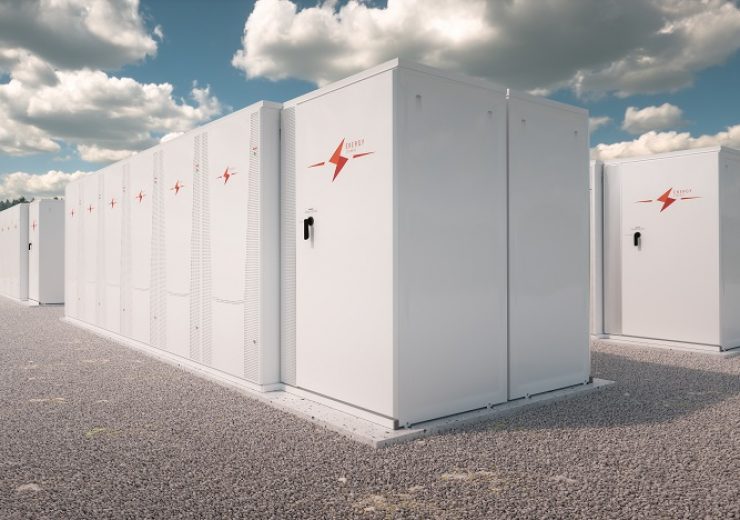Building a battery market at home will help the country reduce its reliance on imports ahead of an expected surge in demand for EVs and energy storage technologies

The US is adding record amounts of energy storage capacity, and the trend is set to continue as it targets a clean power system by 2035 (Credit: petrmalinak/Shutterstock)
The US government is taking steps to strengthen its domestic supply chain for producing advanced lithium battery technology, as it seeks to overcome a dependence on imports for key manufacturing ingredients.
New policy measures have been unveiled by the Department of Energy (DOE) following an official review of the country’s capacity to build the batteries that will power fleets of electric vehicles and grid storage technologies.
The assessment, ordered by the White House in February as part of a broader look at domestic resource procurement, found the US currently has just a 10% global market share for manufacturing capacity across all major battery components and cell fabrication.
Import dependence is “exposing the nation to supply chain vulnerabilities that threaten to disrupt the availability and cost of these technologies, as well as the workforce that manufactures them,” the DOE said.
It comes as consultancy Wood Mackenzie reports “record-setting growth” in the US energy storage sector this year, and looks ahead to a decade of intensified activity in the market as the nation’s energy and transport systems are overhauled for deep decarbonisation.
“We’re going to need a significant increase in battery production to supercharge America’s clean energy future, which means we urgently need to build up our capacity to research, develop, manufacture, and market batteries right here at home,” said US energy secretary Jennifer Granholm.
“Strengthening our domestic supply chain will accelerate our efforts to decarbonise the economy – helping to power electric vehicles and boost grid storage and resiliency.”
The research from Wood Mackenzie and the US Energy Storage Association (ESA) notes the US added 910 megawatt hours (MWh) of grid storage capacity in the first quarter of 2021, marking a 252% year-on-year increase.
These deployments are expected to “accelerate dramatically” over the rest of the year, with as much as 12,000 MWh potentially being added in 2021 – three times higher than the previous year.
Jason Burwen, interim CEO at the ESA said: “It’s clear that the energy storage market is poised for tremendous growth in 2021 and beyond. The ‘storage decade’ is upon us with the convergence of a transforming power and transportation system, and the growing need for decarbonisation and resilience.”
US government will unlock new funding opportunities to advance a domestic battery supply chain
The importance of advanced battery technology to the energy transition is growing rapidly amid efforts to replace combustion engine vehicles with electric alternatives, while also developing energy storage capacity that can help integrate a rising proportion of renewable energy sources into the grid.
The DOE will make federal grants and contracts available to support battery research and development within the country – notably using the $17bn available via its Advanced Technology Vehicles Manufacturing Loan Program (ATVM) to advance EV manufacturing supply chains.
It is also taking steps to identify and assist opportunities for deploying energy storage across federally-owned sites and facilities.
A 10-year national blueprint for lithium batteries is being published, which will “codify the findings of the battery supply chain review” into a plan that will inform the expansion of a domestic battery market.
Increased production capacity for the metals and minerals that make up these batteries is also being targeted, with the Department of the Interior tasked with identifying new locations where ingredients like lithium, nickel, cobalt and copper can be mined and processed.
Recent assessments of US mining capacity for many of the resources that will underpin clean energy technologies have raised concerns about a lack of domestic production. A list of 35 strategically-important commodities was compiled under the previous administration, many of which are not currently produced at any significant scale in the US, if at all.
China in particular has asserted dominance over the international battery market, while the mining of many rare earth elements and critical minerals is concentrated oversees in countries like Chile, Australia and the Democratic Republic of Congo.
In an acknowledgment of China’s stranglehold over the global battery supply chain and the danger of potential trade disruptions, the administration also said it would expand international investments in the sector and work with allies to “diversify supply chains away from adversarial nations and sources with unacceptable environmental and labour standards”.
